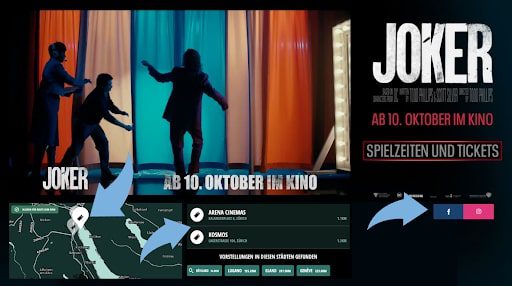Traditionally, the choice of advertising creative is made at the beginning of an ad campaign, with the result being that one ad is selected to run across all digital channels. These ads are cost effective to create, meaning there’s little to no involvement once they’ve been approved and distributed and are quite often apathetic to the end consumer. However, in an era where digital content is hyper-personalized, such linear advertising is at a high risk of being ignored.
One of the stronger reactions from the ads world is the adoption of using real-time influences on the creative and serving accordingly. This process is called dynamic advertising, a powerful option for marketers and something that has not yet been fully explored, particularly for video advertising.
What is dynamic advertising?
Dynamic advertising, or dynamic creative optimization (DCO), is a term frequently used in digital marketing, and essentially provides marketers with the ability to tailor advertising content to suit a particular criterion set. Dynamic ads are rendered in real-time when an ad request is sent and will deliver a different creative based on predefined data settings.

As an example, an advertiser might wish to adjust a video creative based on factors such as time of day, weather, age, gender, geolocation, occupation, shopping habits and any other available information on a particular user. Based on this data, the content and setup of the ad, such as click URLs, images, text, the creative path and call to actions, could all be adjusted accordingly.
Given the large amount of data available via digital channels, marketers and advertisers have the tools to grab consumers attention and increase engagement by delivering a more personalized experience through dynamic advertising. With ads empowered by such data, it means that the same ad for the same product can be delivered universally, with elements like the colour, price, behavior, branding, aesthetics and language specifically personalized and tailored for every individual consumer in a particular environment at a given moment in time.
What are the benefits of dynamic ads?
As detailed above, dynamic ads are tailored to provide an improved customer experience and, similar to interactive video ads, they increase engagement, but there are more benefits to be gained from adopting dynamic advertising.
For instance, dynamic ads are exceedingly measurable. Granular statistics can be used to analyse the responses, reach and engagement. It also allows marketers to optimize campaigns through various digital channels. Brands can therefore get a lot more from their advertising spend, as they’re able to increase customer engagement with targeted, relevant ads which in turn drives KPIs more than a linear campaign.
By utilizing data, ad spend will go much further as the relevant creative will be served to the respective audience and hence greatly reduce wastage. The DCO approach can help brands significantly improve their customer experience and help boost their brand proposition.
Why should brands get on board the DCO train?
While dynamic advertising has been available from a technical perspective for some time, most brands have only scratched the surface when it comes to exploring its true potential. The video monetization space is extremely cluttered and if marketers want to cut through all of the noise, they’ll need to utilize the technology available to make a greater connection with consumers.
Dynamic advertising plays a key part in developing a better understanding and relationship with customers. The ability to provide a truly personalized experience adaptive to a consumer’s preference, as well as increased measurability, will assist brands in exceeding the performance they had with traditional forms of advertising.



